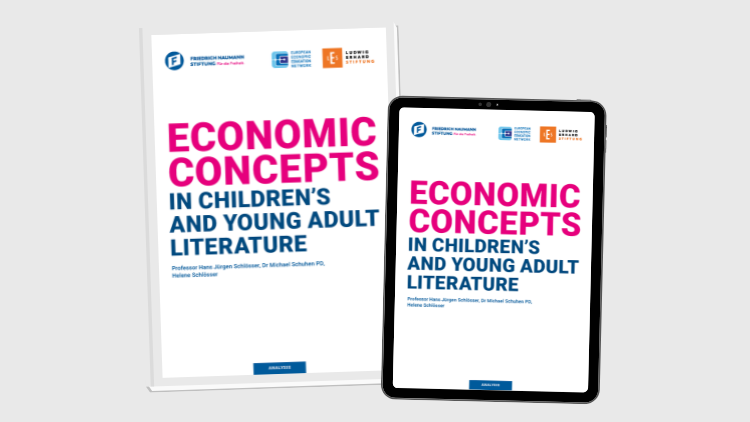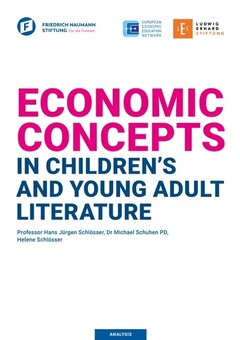Education
Economic concepts in children's and young adult literature

Study Design
Commentators frequently lament that the youth do not read enough and instead only use new, digital media: “Educators are raising the alarm that while all around them everythingis flashing, beeping and flickering, children no longer understand complex texts.” (Hörnlein 2019) But one should keep in mind that tens of thousands of children’s and young adult books are published each year – which would not be the case if they weren’t being read.
Children’s and young adult literature shapes economic worldviews at an early age. In this paper, we review the following categories of books: classics like “Robinson Crusoe” or “Pippi Longstocking”; bestsellers such as J.K. Rowling’s “Harry Potter”; novels with or without an explicit educational objective relating to business and economics; and economic non-fiction written for children and young adults.
In this paper, we base our assessment on how the following are portrayed in the children’s and young adult literature:
- Businesspeople and entrepreneurs,
- Competition,
- Money,
- Profit,
- Wealth,
- Altruism.
Each category concludes with a brief summary. The literature analysis is preceded by an explanation of the various types of children’s books and their importance for cognitive development.
Children’s and young adult books open doorways to new worlds, but the treasure chamber of basic economic understanding often remains locked. The effects on basic attitudes towards a market economy and entrepreneurship should also not be underestimated.

